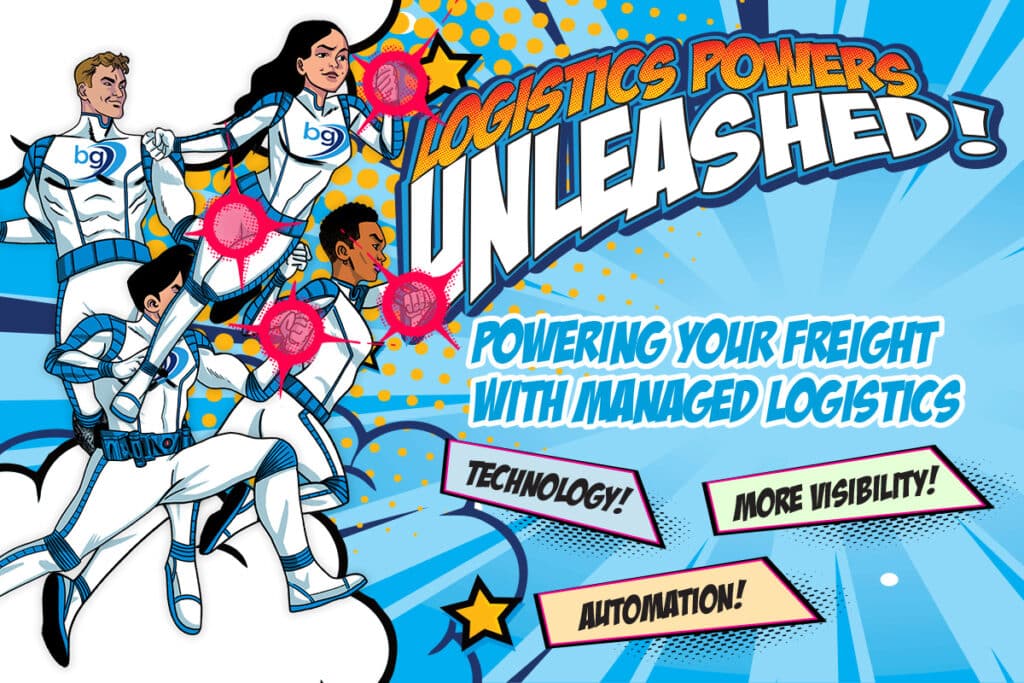
With the rise of e-commerce and technological improvements in transportation, like autonomous vehicles and increasing urban density, we are witnessing a historic transformation in our cities. Future trends in freight movement is a “hot topic” in policy and supply chain circles.
With so many changes ahead, a key question emerges: Can cities cope?
Daimler recently made headlines with the launch of its “all-electric Fuso ecanter truck” in New York City. The vehicle will be rolled out in other US, European and Japanese cities in the next two years, with UPS as the first commercial partner with the truck. Toyota released a hydrogen-fuelled semi-trailer that currently hauls cargo between the ports of Los Angeles and Long Beach without producing tailpipe emissions. This pilot is part of a longer-range plan by the Port of LA to reduce emissions. Urban planners in Dallas are examining the possibilities for the “hyperloop” in their city, “a futuristic mode of travel that would use levitating pods to shuttle people and goods across hundreds of miles in minutes.” With so many changes ahead, a key question emerges: Can cities cope? What can cities do to stay on top of change?
Here are five “takeaways” on the topic.
1. Understanding the Nature of Change is Key
Many predict that the U.S. economy will double in size over the next 30 years. The nation’s population is expected to rise from 326 million in 2017 to 390 million in 2045. More and more, Americans will live in congested urban or suburban sprawls called “megaregions.” Less than 10% of the country’s population will live in rural areas by 2040. This is a stark contrast to the 16% of Americans who lived in the countryside in 2010 and 23% in 1980.
This trend means more “everything”.
The surge in population and economic growth brings with it escalating freight activity. Freight movement across all modes are projected to grow by approximately 42 percent by 2040.This trend means more “everything”. More pressure on roads and transit lines by commuters, more parcels delivered, particularly with the meteoric rise of e-commerce.
One special concern is “the last mile.” The last mile is the final step in the delivery process. The last leg of the delivery process is when an item (or person) moves from distribution facility (or transit point) to end user (home). The length of the distance can vary from a couple of city blocks to 100 miles. This video from the Ryerson City Building Institute clearly shows the effects of the “last mile” on commuters – in this case, in the Greater Toronto Area.
Some of the challenges involved with the last mile are:
- increased traffic congestion and traffic accidents
- Noise, intrusion, the loss of open spaces to transport infrastructure projects
- Environmental and social (public health) impact from local pollutant emissions
- Illegal parking and resting, idling vehicles
- Problems experienced by vehicle operators when operating in urban areas
- Parking and loading/unloading problems including finding road space for unloading; fines, and handling
- Parcel Theft
2. Cities Must Take Notice
Cities have long been concerned with capacity thresholds for commuting and predicting traffic flow. The new topic of “last mile” in the supply chain must now receive greater notice. We are moving away from discussion on “smart commuting” alone. While still important, traditional topics like carpooling and promoting public transit are giving way to issues such as digitalization and automation (think ride-hailing and autonomous shuttles).
3. Business Concerns Must Factor Into Urban Logistics (alongside Sustainability and Livability Goals)
Furthermore, it must be recognized that economic activity in urban areas depends on the movement and delivery of goods through freight carriers. City and traffic planners must be made aware that urban settings can be inhospitable places for freight deliverers. There must be more public and private sector coordination in freight planning. “Cities can shape markets to focus private sector attention and invest on the needs of cities and the people who live in them by mobilizing infrastructure, talent, and other assets to support the right kinds of AV-based solutions,” was one of the conclusions in “Taming the Autonomous Vehicle: A Primer for Cities (Bloomberg Philanthropies and the Aspen Institute) .
Business goals must be incorporated into the dialogue alongside the goals of community sustainability and livability
How freight distribution processes can be integrated into metropolitan transport, land use, and infrastructure planning is a balancing act. Business goals must be incorporated into the dialogue alongside the goals of community sustainability and livability. An efficient and future-forward freight system will support and attract new industry for the respective area.
4. A Variety of Solutions Will Likely Be the Answer
Some of the most popular solutions include advances in technology. Transportation technology growth is very exciting, much of it spurred by seeking solutions to urban density, commuting and freight patterns. Other solutions are more “old-fashioned” or even a return to basics. Mixing traditional and emerging technologies is the way ahead:
- Use of electric vehicles (EV) –“sustainable mobility”
- Autonomous vehicles and drones
- Human-powered delivery vehicles – Cargo-bikes, pedal trucks, and pushcarts
- Amazon lockers in commercial venues (drop-off points)
- Vehicle access restrictions based on time and/or size/weight /emission factor/fuel type of vehicle and bus lanes
- Curbside pickups
- Load consolidation or co-loading
- Truck platooning
- Night-time deliveries, relying on “quiet equipment” and driver training
- “On-Road Integrated Optimisation and Navigation,” or route optimization, such as introduced by UPS as a big data solution to analyze parcel operators’ daily multi-stops
- Innovative 3PL solutions like BlueGrace’s proprietary technology, “designed to put the power of easy supply chain management and optimization back in your hands”.
A BlueGrace Case Study In Action
Recently, an e-commerce furniture business in Portland, Oregon found it had outgrown its 3PL’s manual logistic capacity, due to heavy e-commerce volumes. When this company looked to BlueGrace for ways to improve its supply chain, it was discovered that they would benefit from opening another warehouse in the Northeastern area of the US. An alternative distribution solution lowered freight costs and decreased transit days.
For the last mile to be facilitated, there must be easier access to customers and shorter distance between the hub and home.
The idea of re-examining distribution is part of a larger process of change. For instance Amazon, FedEx and UPS are creating/investing in nationwide networks of distribution and fulfillment centers. “Warehouses like these are becoming a way of life for many urbanites,” reports the Wall Street Journal. This trend is already bringing new life to formerly “sleepy towns” like Tracy, California and Kenosha, Wisconsin. For the last mile to be facilitated, there must be easier access to customers and shorter distance between the hub and home.
Make your Last Mile work. Talk with a BlueGrace Logistics expert today!



